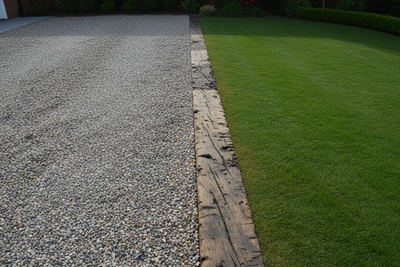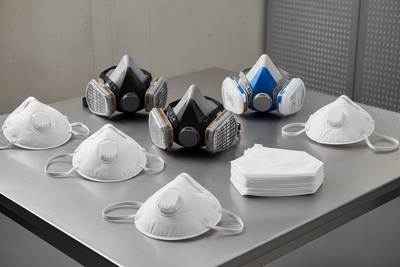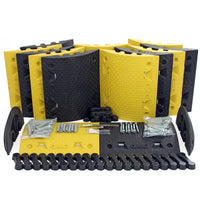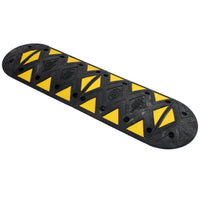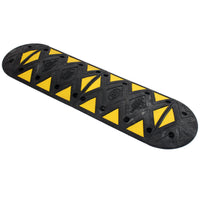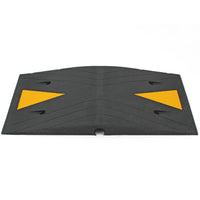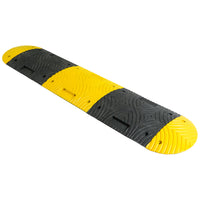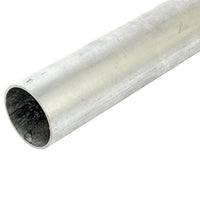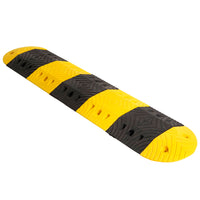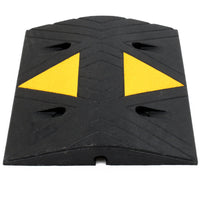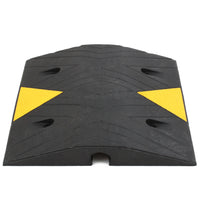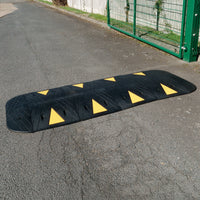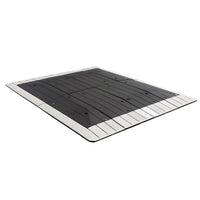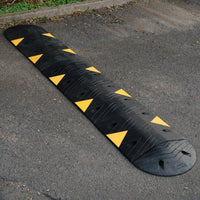Speed Bump Fitting Guide & Installation
When installing our speed bumps, it is important to fit them correctly. This simple guide aims to outline the speed bump fitting process (or installation) to install our speed bumps correctly.
This guide assumes that you are installing a speed bump using one of our Speed Bump Kits.
Things you will require:
A Good Fitting Surface –Before fitting the speed bumps you need to ensure that they are to be mounted on a smooth flat surface. If the surface you are fitting the speed bumps to has any deviations in it, such as pot holes or cracks in the tarmac, then our pot hole repair product Pothole Repair can be used to prepare the surface.
150mm of depth – The surface you are attaching the speed bumps to should be a minimum of 150mm deep or deep and made of asphalt (tarmac) or concrete.
Other Equipment – The only other equipment you will require is an electric drill, and a socket set / spanner.
Instructions:
- Lay the speed bumps out in the desired location, ensure that each speed bump lays flat on the road surface and does not rock. If the speed bumps do not lay flat on the road surface then either fill any holes with some of our pot hole repair compound, or adjust the location of the speed bumps to a flatter area.
- Use chalk to mark the locations of the fixing holes through the speed bumps. It is important that the holes are marked accurately at this point.
- Once all the fixing locations are marked out, remove the speed bump and drill the holes using the appropriate sized drill bit for the fixings being used (supplied within mega deals). Tarmac fixings require a 20mm hole and concrete fixings require a14mm hole. Ensure the holes are free of any loose debris. These holes should be at least 100mm deep.
- Tarmac Fixings – Place the rubber bung of the tarmac section into each hole with the brass nut at the bottom.With Concrete Fixings – Place the shield portion of the fixing into each hole with the threaded end at the bottom.
- Place the speed bumps back over the fixing locations and use the bolts supplied along with a washer to secure the speed bumps in location. At this point only loosely fix each speed bump down.
- Once all speed bumps are straight and aligned correctly with no gaps then all the speed bump fixings can be fully tightened.
- Author
- Tags


